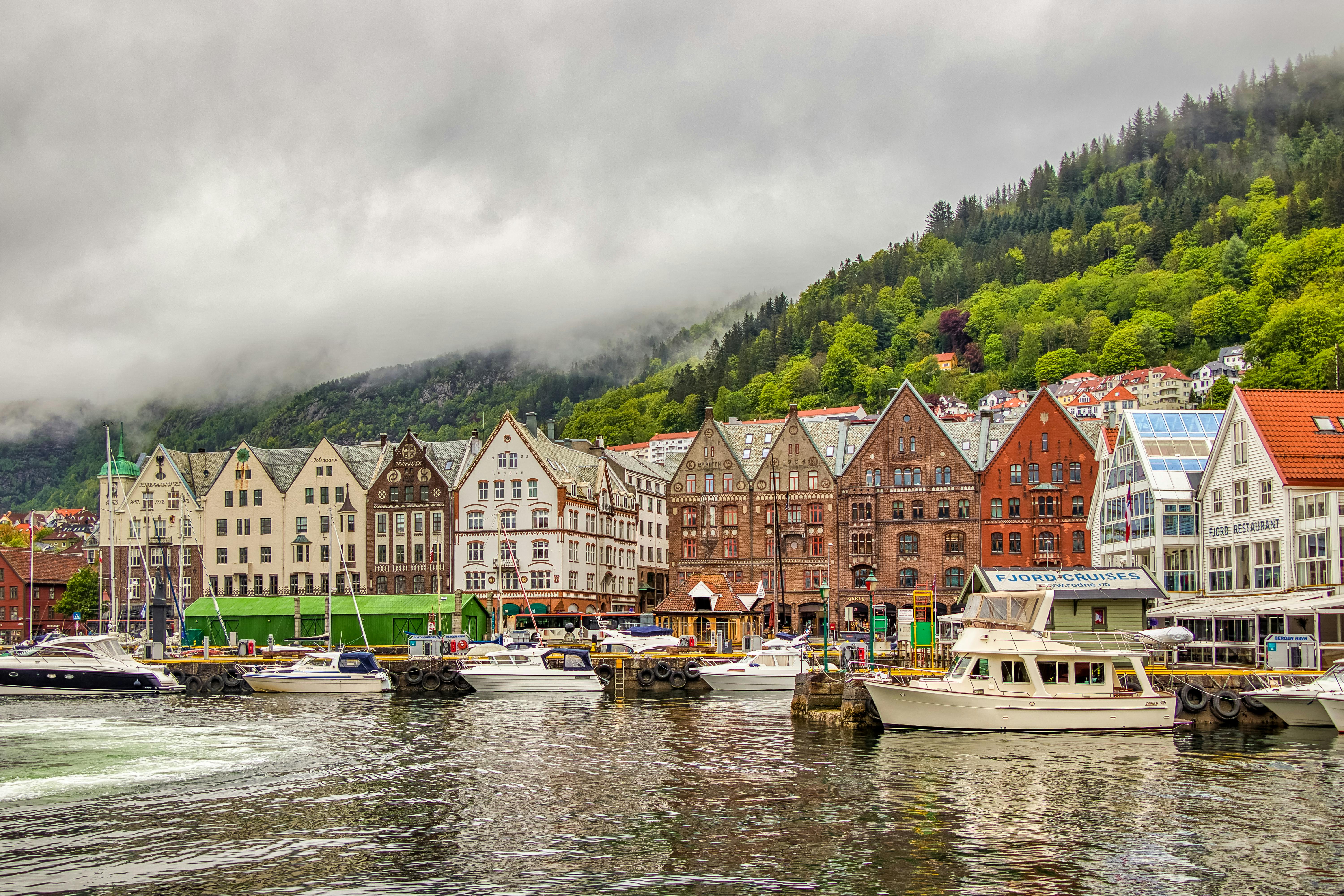Buddhism in Shanghai is a religion practiced by many Chinese, but beyond religion, it plays a role in Chinese culture and history. During the days of the Tang dynasty, Buddhism quickly grew as the most widely accepted religion of the time and was adopted as the official religion by the rulers. Years of Confucian teaching and Taoism cannot compete with the two main forms of Buddhism that emerged: Mahayana Buddhism and Pure Land Buddhism. Although during the Communist takeover everyone was encouraged towards atheism, the philosophical roots of Buddhism remained in the hearts of people who believed and had already profoundly influenced Chinese culture through Buddhist arts and statues, teachings and architecture.
The Jade Buddha Temple, one of the most popular temples in Shanghai, was originally built between 1875 and 1908 during the Qing dynasty. The temple was called “Jade Buddha” because two holy Buddhas, made of white jade, were presented to the temple by a wealthy Buddha follower, Chen Jun-Pu, from Burma. The story goes that the monk Hui Gen was on a pilgrimage to Burma and on the way he met Chen Jun-Pu, who gave him five jade Buddha statues; two of the statues were specifically for the temple to be built located in Jian-wan. Chen Jun-Pu shipped the statues to Shanghai and, with the help of HuiGen, was able to raise the necessary funds to build the temple. Unfortunately, after Hui Gen’s work to build Jian-wan Temple, the temple was badly damaged during the Qing dynasty revolt. Fortunately, the two statues found a safe home during the revolt.
Years later, in 1918-28, another devout Buddhist follower made a donation that enabled the construction of a new temple, the current temple at its location, to house the two white jade Buddhas. The two Buddhas, the first “Seated Buddha” is 190 cm high decorated with agate and emerald; the second is the “Reclining Buddha” of 96 cm in length whose posture is inclined on the right side. In addition to the original statues, another Reclining Buddha was donated to the temple from Singapore in 1989 and this statue is 4 meters long, it must be bigger than the original Reclining Buddha.
Apart from the eye-appealing sight of the White Jade Buddha, the architecture of the temple is also noteworthy. The Devajara Hall, the Mahavira Hall and the Jade Buddha Tower are the dominant halls that make up the temple. In addition to the main structures, there are the Kwan-yin Dian Hall, the Amitabha Dian Hall, and the Zen Tang Hall, the Dining Hall, and the Hall of the Reclining Buddha, all unique in style. You can also find thousands of Buddha’s teachings in the Jade Buddha Tower, all of which have significant cultural and religious value.
Even if you are not a practicing Buddhist, experiencing a tour of the Jade Buddha Temple is a must when in Shanghai. Hopefully, you will feel the tranquility of peace that translates through the serene atmosphere of the temple. The temple’s hours of operation are 8 am to 5 pm daily; 5:30 am to 5:00 pm on Lunar New Year’s Day and the 1/15th day of the lunar month.
